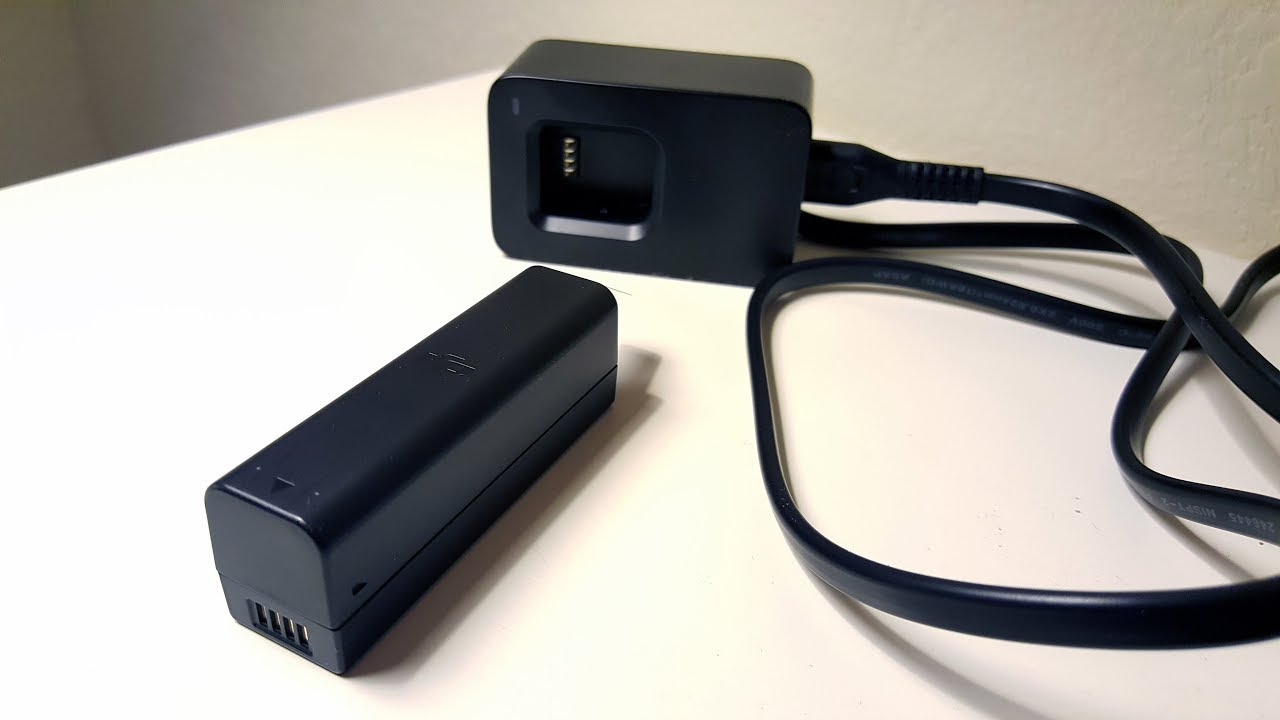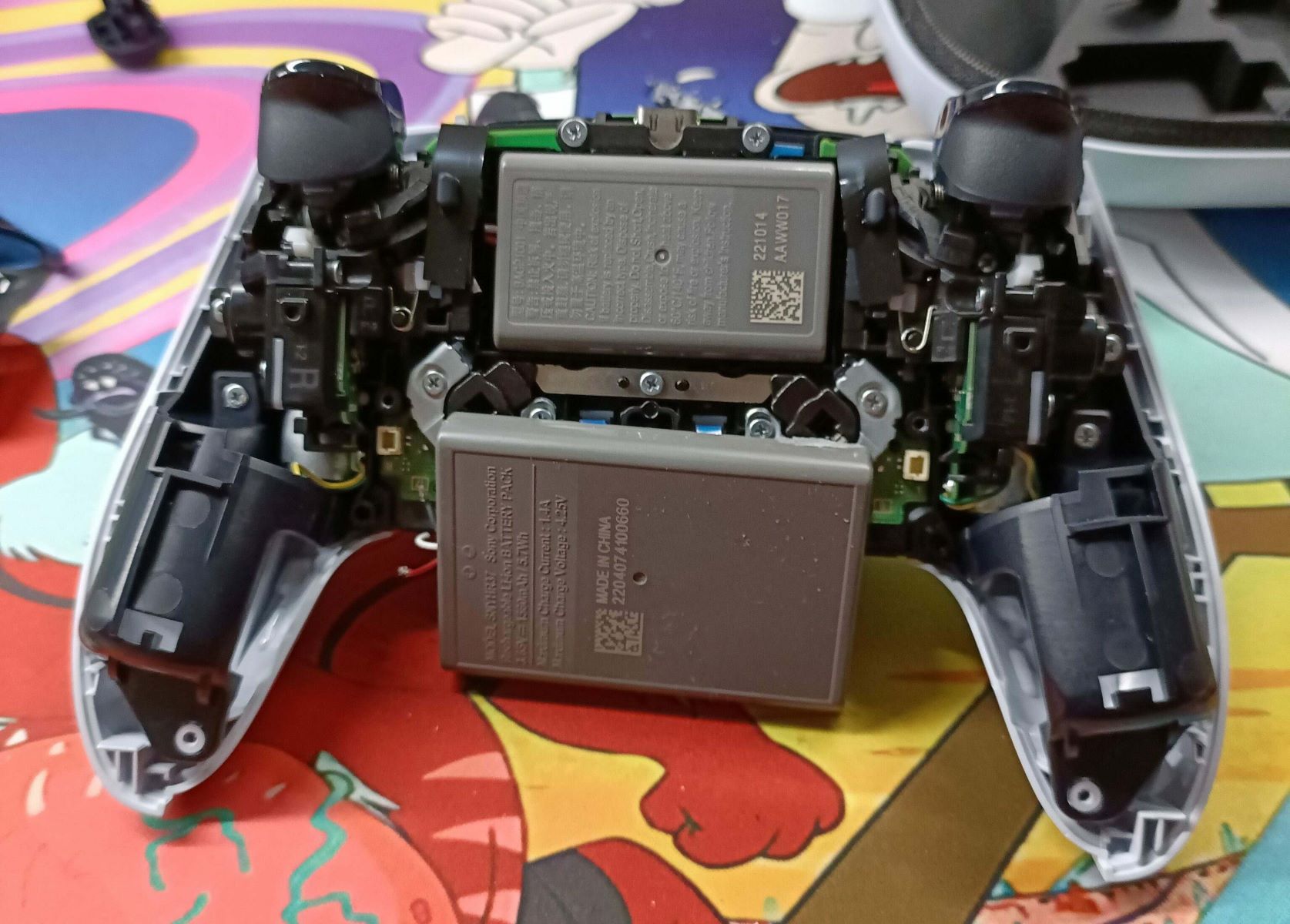Introduction
The Importance of Regularly Checking UPS Battery Life
The uninterruptible power supply (UPS) is a critical component in safeguarding electronic devices and data from power disruptions. It serves as a reliable backup power source, ensuring continuity of operations during outages. However, the effectiveness of a UPS system heavily relies on the condition of its battery. Regularly checking the UPS battery life is paramount to maintaining its functionality and preventing unexpected failures.
A UPS battery's lifespan is finite, typically ranging from 3 to 5 years, depending on usage and environmental factors. Over time, the battery's capacity diminishes, compromising its ability to provide adequate backup power. Consequently, neglecting to monitor the UPS battery can lead to severe repercussions, including data loss, equipment damage, and operational downtime.
This article delves into the significance of monitoring UPS battery life, the telltale signs of a failing battery, and practical methods for assessing its condition. By understanding the importance of proactive battery maintenance and learning how to identify potential issues, individuals and businesses can mitigate the risks associated with UPS failures and uphold the reliability of their power protection systems.
The Significance of Monitoring UPS Battery Life
Regularly checking the UPS battery life is a crucial aspect of maintaining the overall functionality and reliability of a UPS system. This proactive approach offers several notable benefits:
- Preventing Unexpected Failures: By monitoring the UPS battery life, users can anticipate and address potential issues before they escalate into critical failures. This proactive stance minimizes the risk of downtime and data loss, safeguarding the continuity of operations.
- Ensuring Data Integrity: A failing UPS battery can jeopardize the integrity of stored data, leading to corruption or loss. Regular checks help mitigate this risk, preserving vital information and preventing costly repercussions.
- Protecting Equipment: Uninterruptible power supply systems are designed to shield sensitive electronic equipment from power disturbances. A well-maintained UPS battery ensures that this protection remains reliable, safeguarding devices from damage caused by power fluctuations.
- Optimizing Performance: Monitoring the UPS battery life enables users to maintain the system’s optimal performance. By addressing battery issues promptly, users can maximize the UPS’s effectiveness in providing seamless power backup.
- Cost-Efficiency: Proactively managing UPS battery life can result in cost savings by extending the lifespan of the battery and reducing the likelihood of emergency replacements, downtime, and data recovery expenses.
Understanding the importance of regularly checking UPS battery life empowers individuals and organizations to uphold the reliability of their power protection systems. This proactive approach not only mitigates risks associated with power disruptions but also contributes to the overall resilience and continuity of operations.
Identifying Signs of a Failing UPS Battery
Recognizing the indicators of a failing UPS battery is crucial for preemptively addressing potential issues and avoiding disruptive consequences. The following signs may signal a deteriorating UPS battery:
- Audible Alarms: Modern UPS units are equipped with audible alarms that signal battery and system status. Continuous beeping or specific alarm patterns may indicate battery faults or low capacity, prompting the need for immediate attention.
- Intermittent Backup Power: If electronic devices connected to the UPS experience intermittent power supply during outages or fluctuations, it could signify a compromised battery unable to sustain continuous backup power.
- Swollen or Leaking Battery: Physical abnormalities such as bulging or leaking in the battery casing are clear indications of internal issues and potential battery failure. These visual cues should prompt an urgent assessment and potential replacement.
- Reduced Runtime: A noticeable decrease in the UPS system’s runtime during power outages compared to its original capacity indicates a decline in the battery’s ability to hold a charge and deliver sustained power backup.
- Overheating: Excessive heat emanating from the UPS or the battery unit itself may signal internal malfunctions, posing a risk of thermal runaway and potential damage to surrounding equipment.
- Age of the Battery: As UPS batteries age, their capacity and performance diminish. Regularly scheduled replacements or thorough assessments are recommended for batteries nearing or surpassing their expected lifespan.
By remaining vigilant for these telltale signs, users can proactively address potential UPS battery issues, preventing operational disruptions and protecting critical equipment and data. Timely identification of failing UPS batteries enables prompt remedial actions, ensuring the continued reliability of power backup systems.
Assessing UPS Battery Life
Regularly evaluating the UPS battery life is essential for maintaining the reliability of backup power systems. The following methods can be employed to assess the condition and performance of UPS batteries:
- Visual Inspection: Conduct a visual examination of the UPS battery for any signs of physical damage, leakage, or bulging. These visual anomalies may indicate internal battery issues and warrant immediate attention.
- Load Testing: Performing a load test on the UPS battery involves simulating a power outage and monitoring how the battery sustains the connected load. This test provides insights into the battery’s capacity, performance, and ability to deliver sustained backup power.
- Battery Monitoring Software: Utilize specialized battery monitoring software that interfaces with the UPS system to track and analyze battery performance metrics, including voltage, temperature, and charge/discharge cycles. This software provides valuable data for assessing battery health and predicting potential failures.
- Periodic Maintenance Checks: Implement a routine maintenance schedule to inspect and maintain UPS batteries, ensuring proper connections, cleanliness, and environmental conditions. Regular maintenance helps identify early signs of battery degradation and facilitates timely interventions.
- Professional Battery Testing: Engage qualified technicians to conduct comprehensive battery testing, including impedance testing and capacity assessments. Professional testing provides in-depth insights into the battery’s condition and facilitates informed decisions regarding maintenance or replacement.
By employing these methods, users can proactively monitor and evaluate UPS battery life, mitigating the risks associated with potential battery failures and ensuring the continued effectiveness of backup power systems. Regular assessments and proactive maintenance contribute to the overall resilience and reliability of UPS installations.
Concluding Remarks on UPS Battery Life
Regularly checking UPS battery life is an indispensable practice for safeguarding critical equipment, data, and operations against the detrimental impacts of power disruptions. By understanding the significance of proactive battery maintenance and being able to identify signs of potential failure, individuals and organizations can mitigate risks and uphold the reliability of their backup power systems.
Recognizing the signs of a failing UPS battery, including audible alarms, diminished runtime, and physical abnormalities, empowers users to intervene promptly and address potential issues before they escalate. Timely assessments and proactive maintenance measures, such as visual inspections, load testing, and battery monitoring software, are instrumental in ensuring the continued effectiveness of UPS batteries.
Ultimately, the proactive management of UPS battery life not only enhances the resilience of power protection systems but also contributes to cost-efficiency by reducing the likelihood of emergency replacements, downtime, and data recovery expenses. By prioritizing regular assessments and proactive maintenance, individuals and businesses can fortify their operational continuity and minimize the risks associated with power disturbances.
Embracing a proactive approach to UPS battery maintenance empowers users to uphold the reliability and effectiveness of their backup power systems, thereby safeguarding critical operations and assets from the disruptive impacts of power disruptions. By prioritizing regular assessments and proactive maintenance, individuals and businesses can fortify their operational continuity and minimize the risks associated with power disturbances.

























